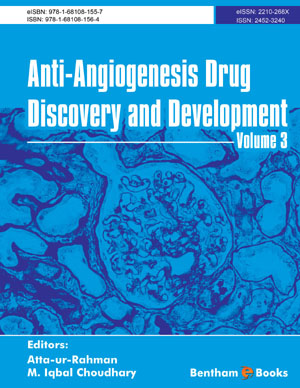Abstract
One of the neuropathological hallmarks of Alzheimer’s disease (AD) is the presence of brain senile plaques made up principally of aggregated amyloid beta (Aβ) peptides. Aβ is produced during the consecutive proteolysis of the transmembrane amyloid precursor protein (APP) by β- and γ-secretases. Genetic and pharmacological manipulations have demonstrated the major β -secretase in AD that makes the initial cleavage required for synthesis of Aβ is the beta-site APP-cleaving enzyme 1 (BACE1). It is therefore very tempting to consider inhibiting BACE1 as a potential AD therapeutic intervention. Here, we review the current knowledge and the molecular and physiological challenges associated with BACE1 inhibition. We also propose alternatives to the direct targeting of CNS BACE1 to prevent AD, as well as methods to measure the therapeutic efficacy of BACE1 inhibition.
Keywords: Amyloid, Alzheimer’s, APP, BACE1, bapineuzumab, beta-secretase, blood brain barrier, central nervous system, clinical trial, design, down syndrome, gamma-secretase, immunotherapy, inhibition, modulation, optimization, periphery, peptidomimetic, solanezumab, trafficking.






















